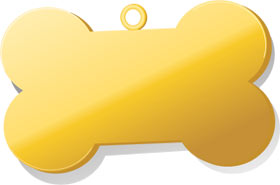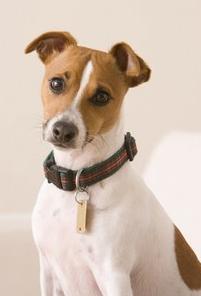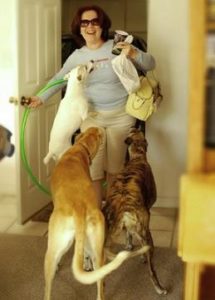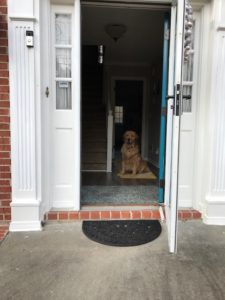Question… Do you let random strangers come up to you or your child, get into your personal space and touch you, your child? No, of course you don’t. Why? Because you don’t know them, because it would be uncomfortable, because it would make you feel nervous, anxious or even scared. Because it’s just plain weird.
it would be uncomfortable, because it would make you feel nervous, anxious or even scared. Because it’s just plain weird.
Well, it’s no different for your dog. Having someone they don’t know approach them and come into their personal space, make direct eye contact, touch them, talk to them etc… makes most dogs uncomfortable. You just don’t realize it because you don’t recognize subtle cues your dog exhibits to show their discomfort. Cues such as turning their head away, looking away, yawning, exposing their belly or licking their lips are just a few of the cues they display. Furthermore, just because a dog is wagging its tail doesn’t mean it’s happy. Dogs wag their tails for many reasons, even right before they attack.



















